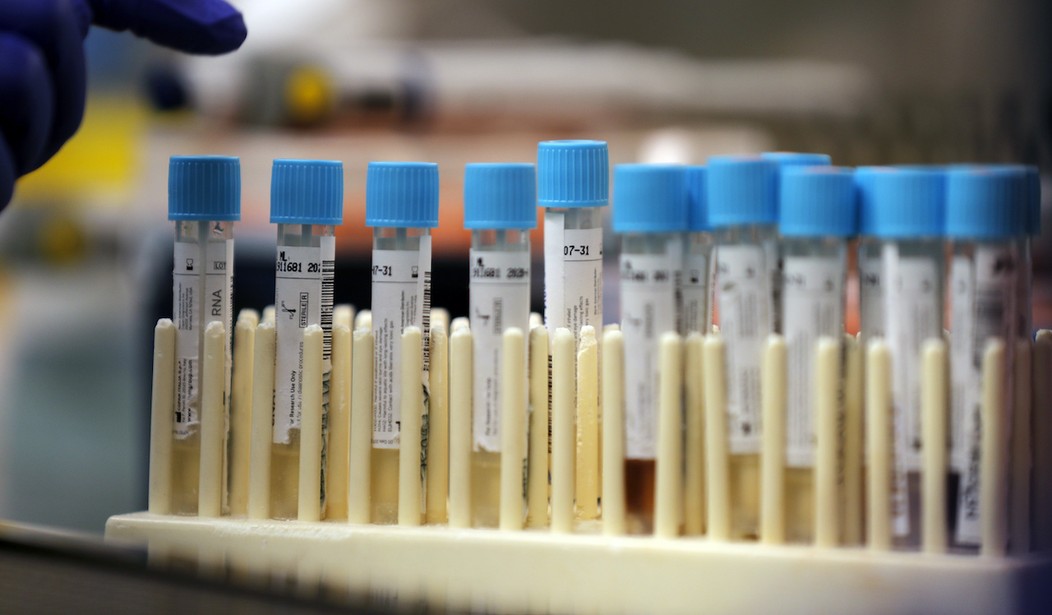Occasionally, someone who genuinely wants to inform the public actually publishes at the New York Times. For months the paper has been a full-throated participant in the COVID-19 panic-porn industry with stories ranging from a rare reaction in children to a “reinfection” in Hong Kong.
All of a sudden, reporter Apoora Madavilli came out with an honest report about COVID-19 testing. While I have been writing about this for a few months, it was shocking to see this level of honesty from the Times:
Some of the nation’s leading public health experts are raising a new concern in the endless debate over coronavirus testing in the United States: The standard tests are diagnosing huge numbers of people who may be carrying relatively insignificant amounts of the virus.
The article goes on to explain, in technical detail, the oversensitivity of the most common COVID-19 test, the PCR test. This fact was first noted in public by Dr. Beda M. Stadler, a Swiss biologist, emeritus professor, and former director of the Institute of Immunology at the University of Bern. He noted the PCR test is not indicative of whether the virus particle found is alive or dead. It can also not assess whether the particle found is capable of replicating and causing an infection:
So if we do a PCR corona test on an immune person, it is not a virus that is detected, but a small shattered part of the viral genome. The test comes back positive for as long as there are tiny shattered parts of the virus left. Correct: Even if the infectious viruses are long dead, a corona test can come back positive, because the PCR method multiplies even a tiny fraction of the viral genetic material enough [to be detected].
Dr. Stadler made these comments in an interview on June 10. By mid-July, the CDC had updated the guidance regarding retesting. The statement on the site is clear that for at least 90 days after recovery, viral debris can be detected in a patient’s airways. This virus is not capable of causing an infection because it is not capable of replication.
FINALLY: The CDC Publishes COVID-19 Testing Guidance That Makes Sense
The next logical step was a more recent update that discourages testing asymptomatic people. It emphasizes the importance of testing high-risk individuals with symptoms and downplays the need for testing everyone else. It has been suggested that pressure came from the Trump administration to do this while Dr. Fauci was not around. Supposedly he was in surgery and recovering when the change was made.
I would assert that the change was made as the result of pressure from people like Dr. Scott Atlas, who understands the test and just how misleading it is to call every positive test a “case.” Atlas also understands the research confirming the proximity and length of exposure to an infected individual that will result in an infection. The CDC was also contacted for the New York Times article, making it apparent the corporate media was about to let this cat out of the bag. Better late than never.
Of course, the New York Times is still advocating for widespread testing and finding public health professionals who agree. Yet their reporting argues the opposite and supports the idea that asymptomatic testing is unnecessary (emphasis mine):
The PCR test amplifies genetic matter from the virus in cycles; the fewer cycles required, the greater the amount of virus, or viral load, in the sample. The greater the viral load, the more likely the patient is to be contagious.
This number of amplification cycles needed to find the virus, called the cycle threshold, is never included in the results sent to doctors and coronavirus patients, although it could tell them how infectious the patients are.
In three sets of testing data that include cycle thresholds, compiled by officials in Massachusetts, New York and Nevada, up to 90 percent of people testing positive carried barely any virus, a review by The Times found.
On Thursday, the United States recorded 45,604 new coronavirus cases, according to a database maintained by The Times. If the rates of contagiousness in Massachusetts and New York were to apply nationwide, then perhaps only 4,500 of those people may actually need to isolate and submit to contact tracing.
With the research confirming a robust T-cell response in many people who have been exposed to other coronaviruses, up to 90% of tests are likely to detect a healthy and normal immune response. If the information provided by the CDC is correct, an individual without symptoms could have fought it off effectively sometime during the last three months.
The Good News the Media and Our Health Experts™ Are Hiding About COVID-19
The entire premise for widespread testing was the idea that legions of asymptomatic superspreaders were walking among us. The information from New York, Massachusetts, and Nevada put this ridiculous narrative to bed. While 10% of individuals with positive tests may be able to transmit the disease, according to the CDC, this becomes most likely when symptoms appear and decreases over the next ten days.
If you take a test and test positive, you do not need to repeat a test. Unless your illness required hospitalization, you can return to normal activities (e.g., work or school) after the passage of 10 days from the onset of symptoms and 24 hours from when any fever has subsided on its own (without the aid of any fever-reducing medications).
Let’s see if the narrative changes in the majority of the corporate media and among their medical professionals. It is past time we get accurate data on cases, reflecting not only positive tests but also symptoms of an infection. It would also mean Joe Biden’s national mask mandate and calls for a renewed lockdown should become ridiculous propositions.
Of course, today, the Washington Post had to come out and criticize Dr. Atlas for encouraging a herd immunity strategy. They are completely ignoring the experience of Sweden and the levels of T-cell immunity that have been detected globally. It is highly likely states like New York, and New Jersey have already achieved it, and states like Georgia and Florida are approaching it.
In the article, Dr. Atlas says he is not advocating this strategy, but perhaps he should. Our public policy needs to be based on accurate data, not an irrational fear. Understanding the limitations of PCR testing and creating rational guidelines would go a long way to accomplishing this. Accidental journalism, which the corporate media will have to acknowledge, is also a move in the right direction.
The COVID-19 Misinformation About Lockdowns, Testing, and Spread Continues












Join the conversation as a VIP Member